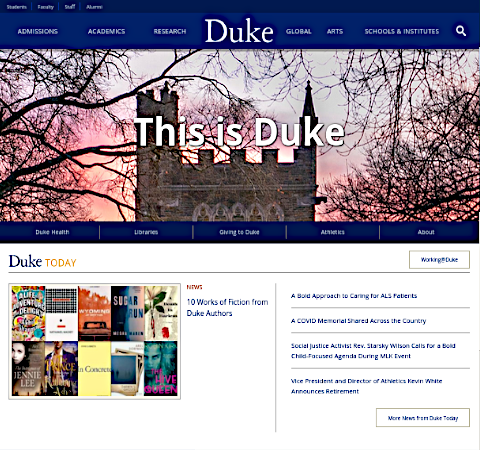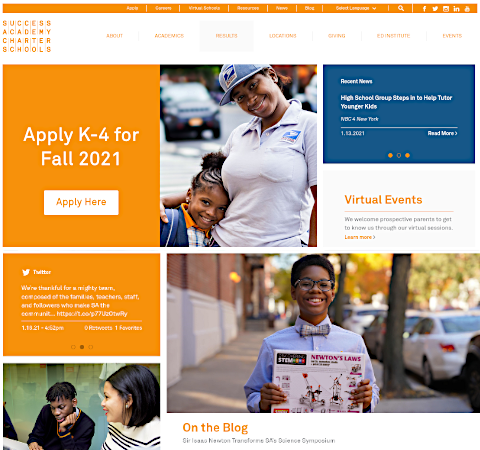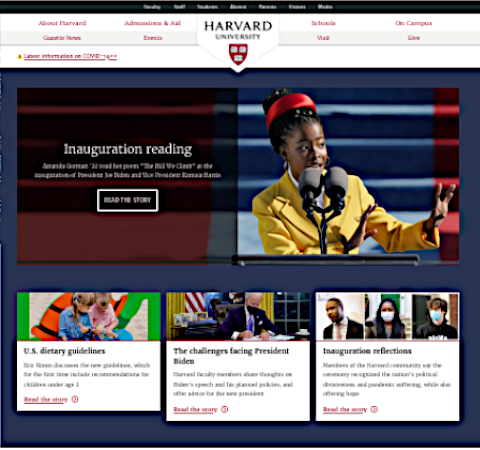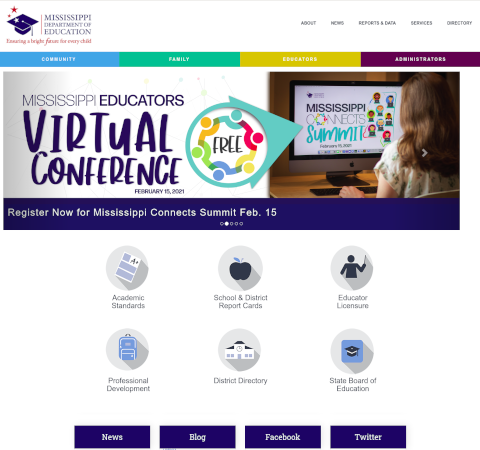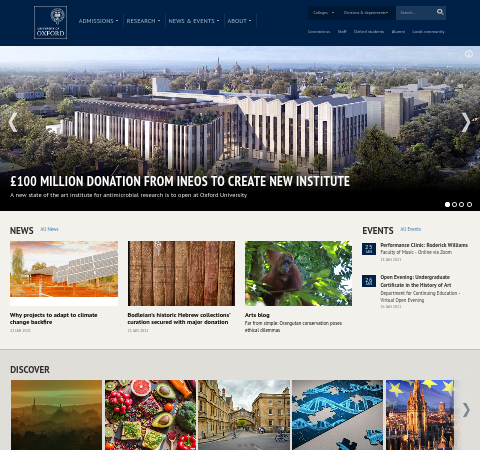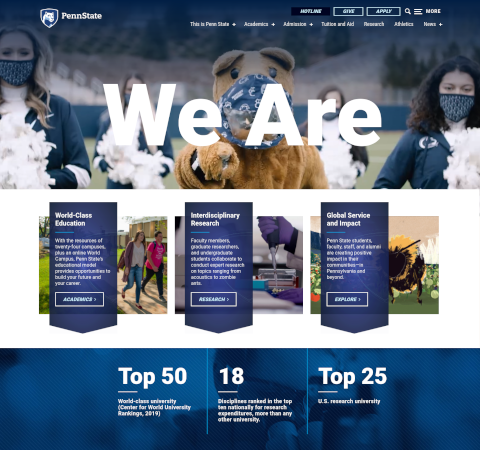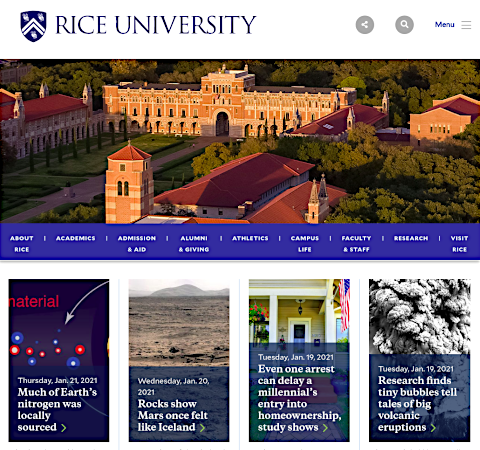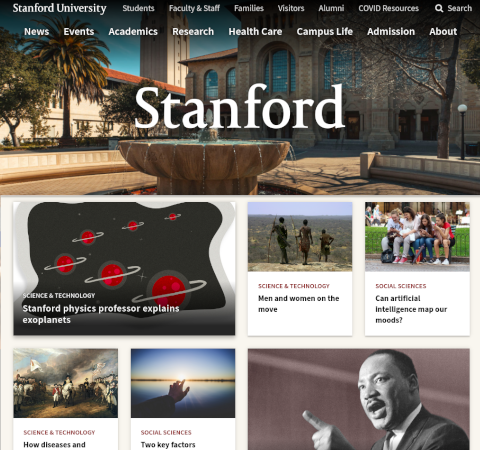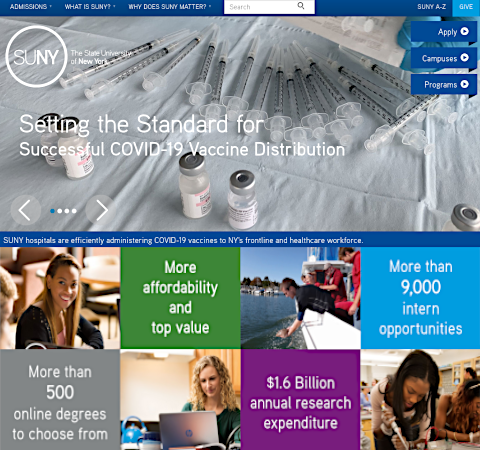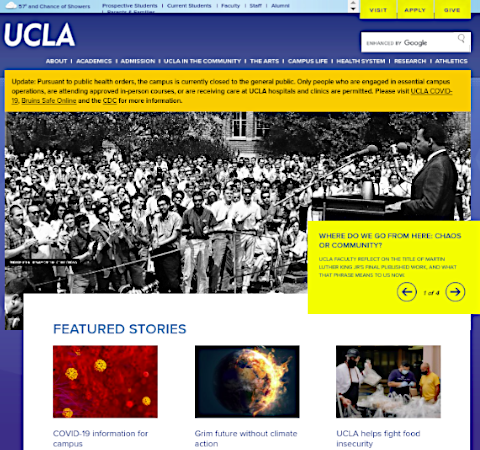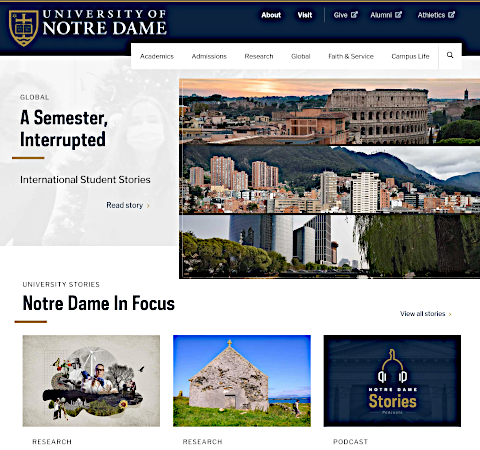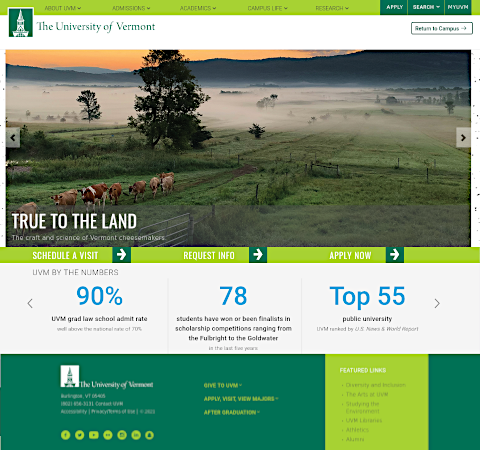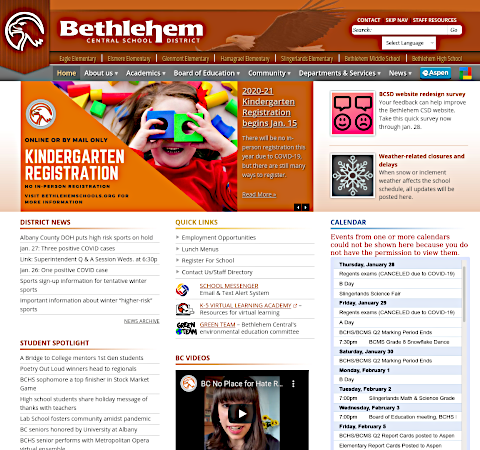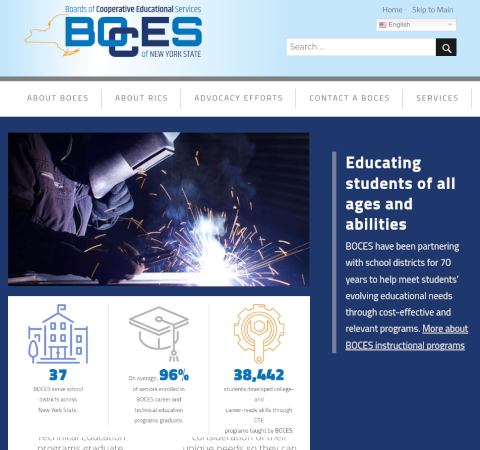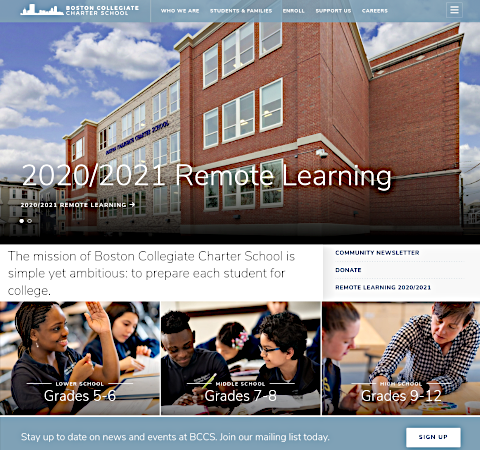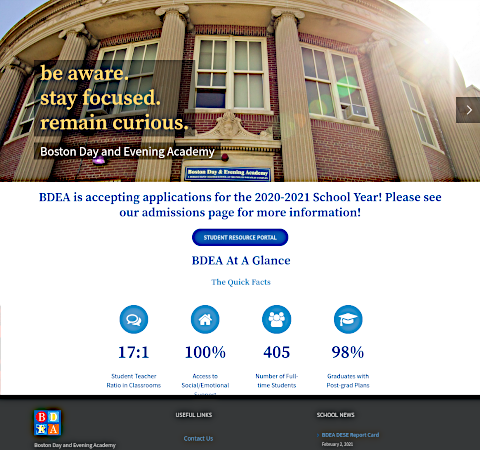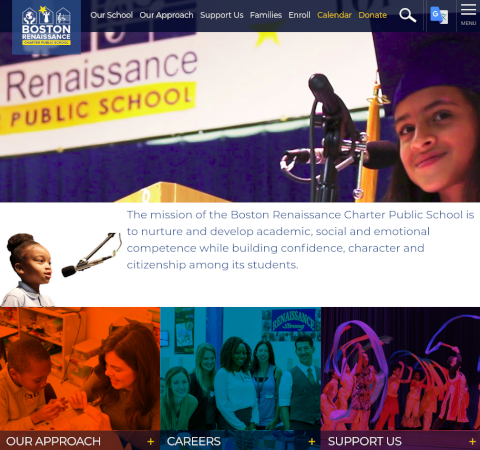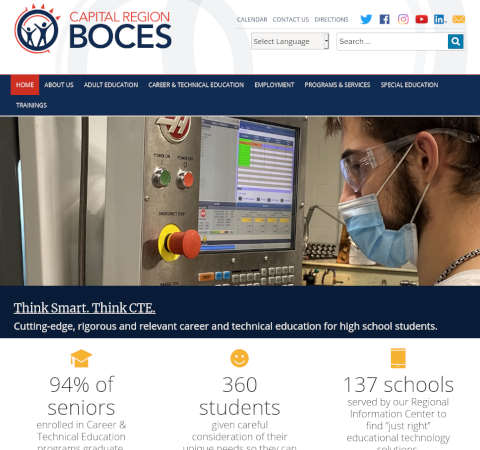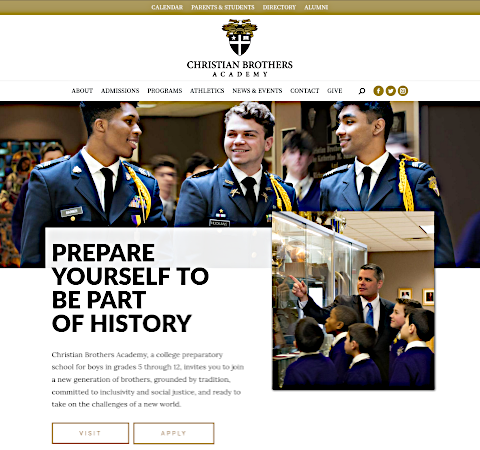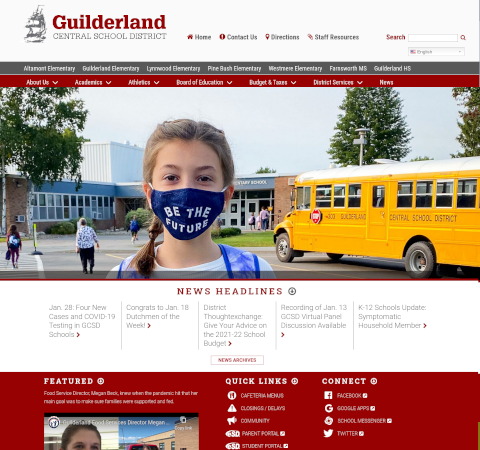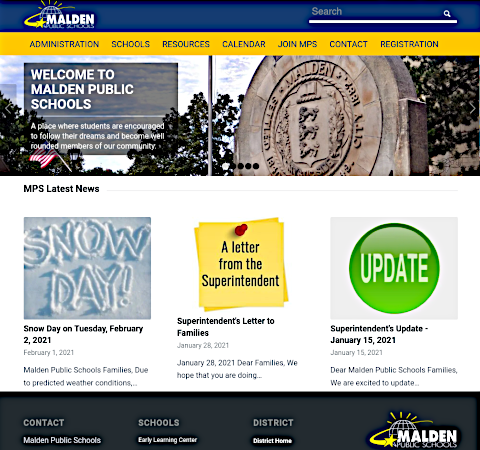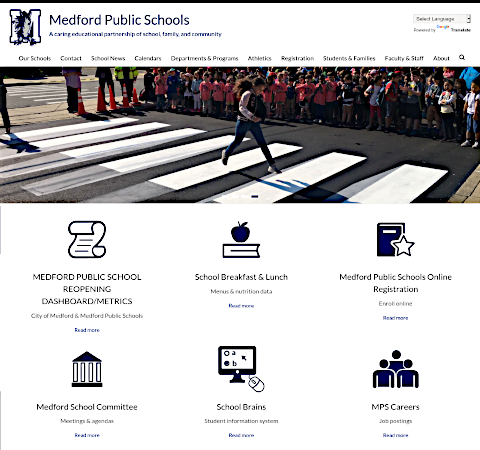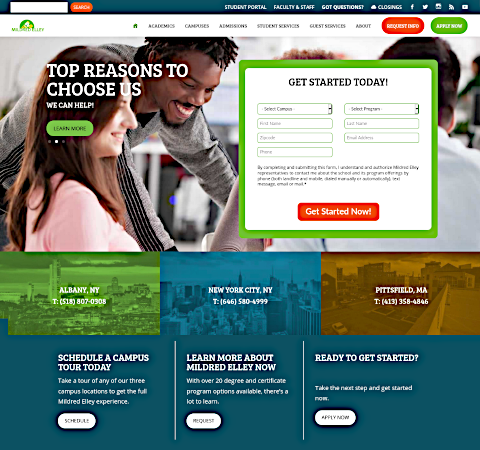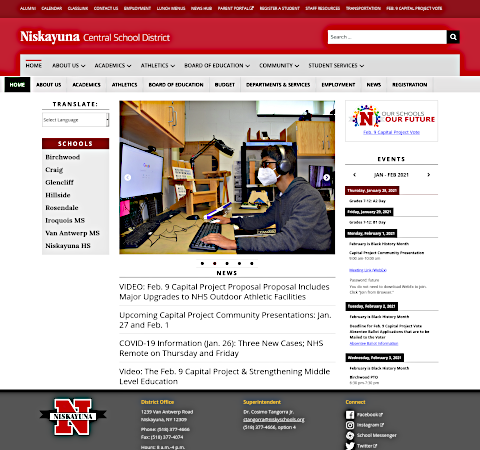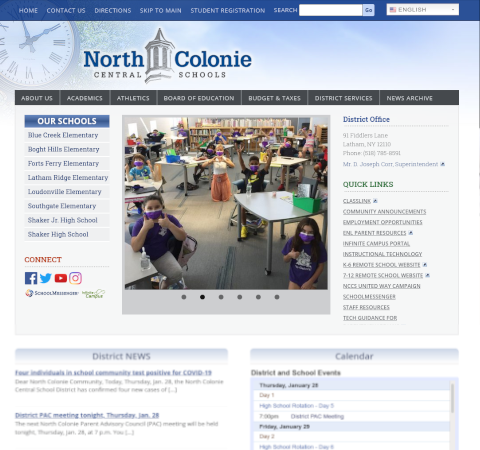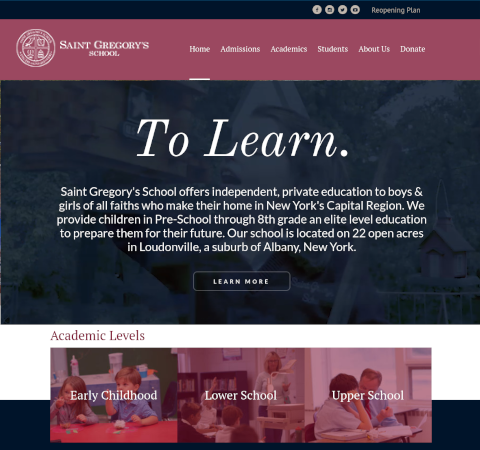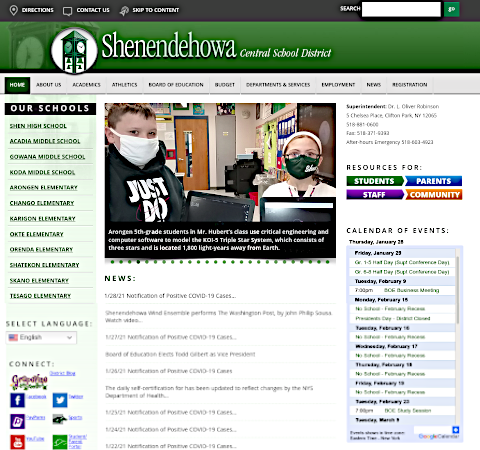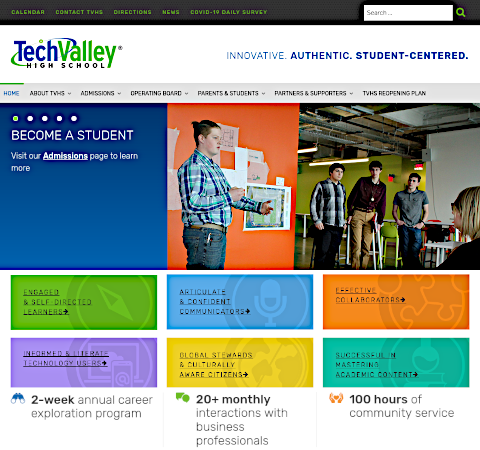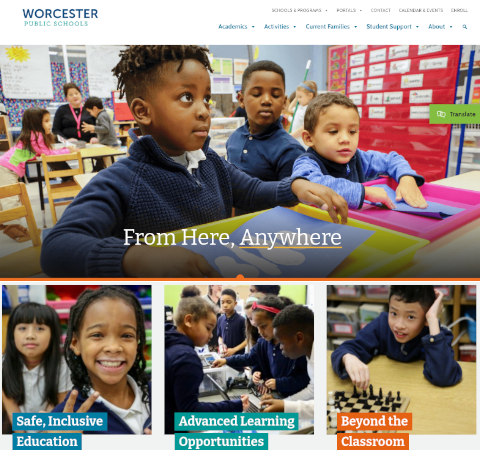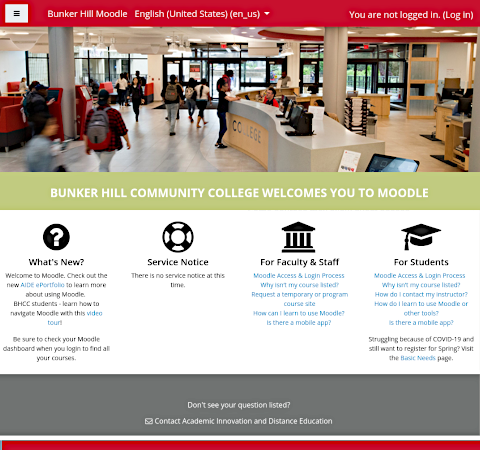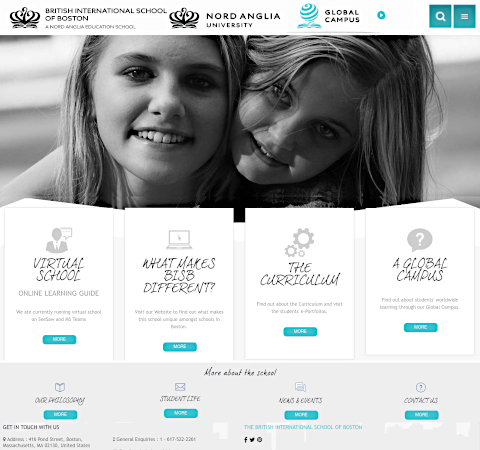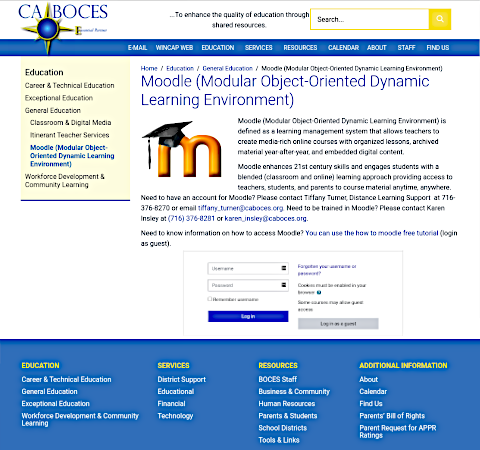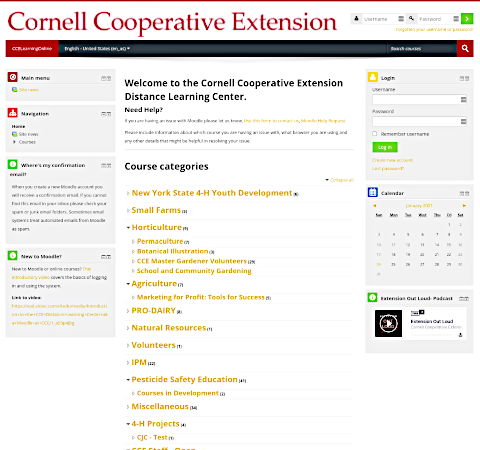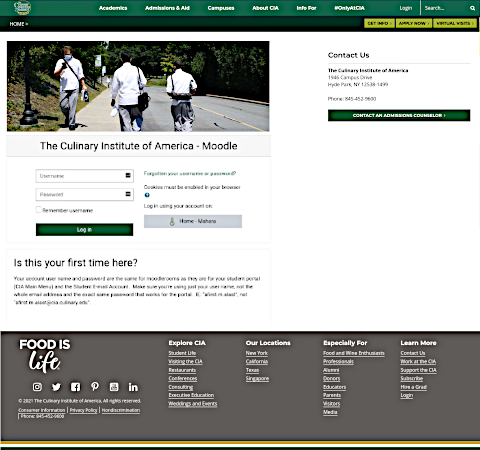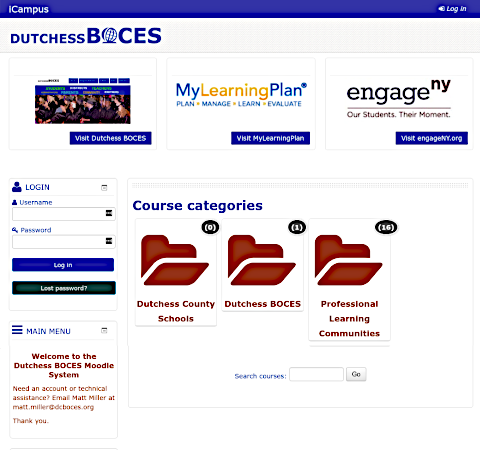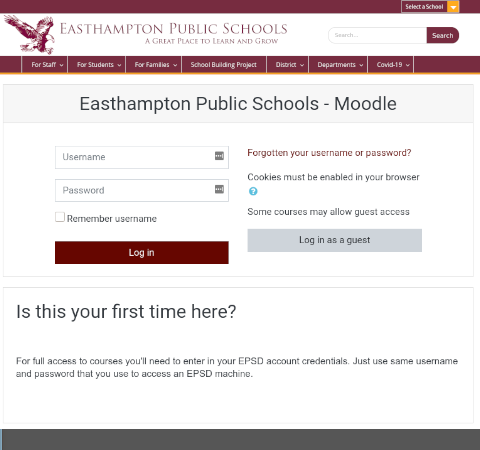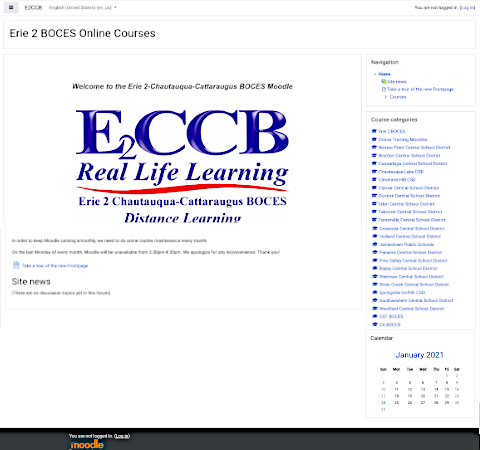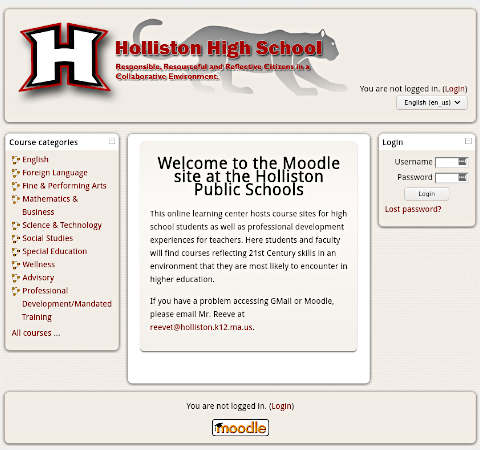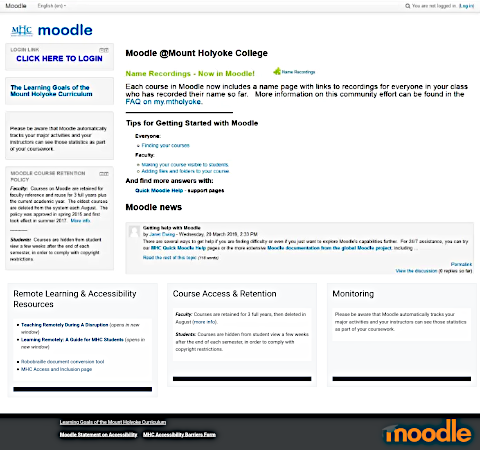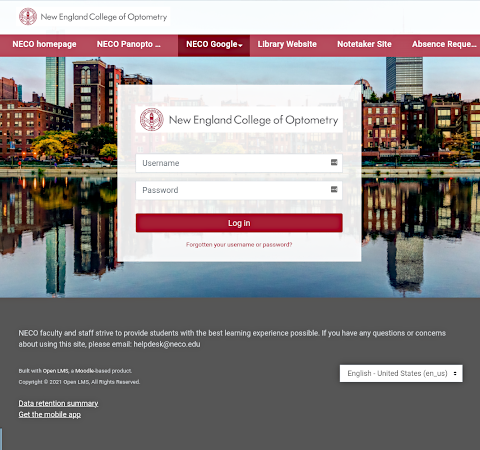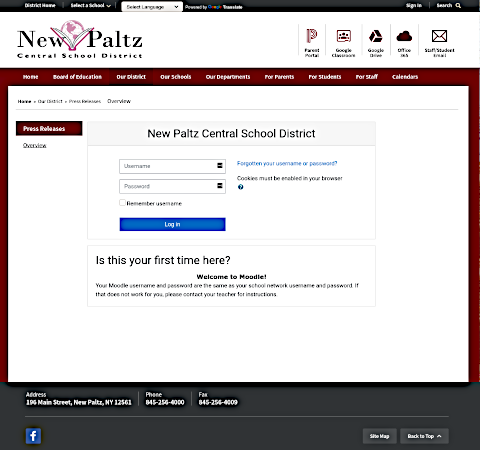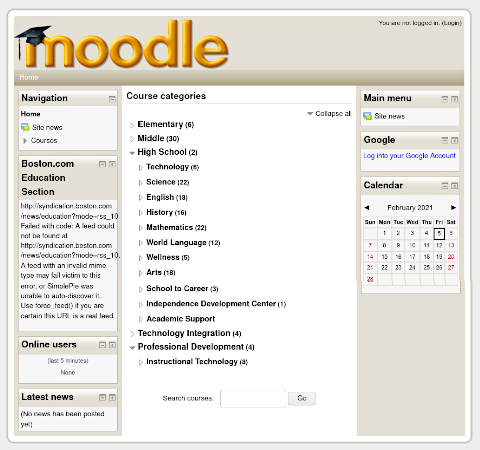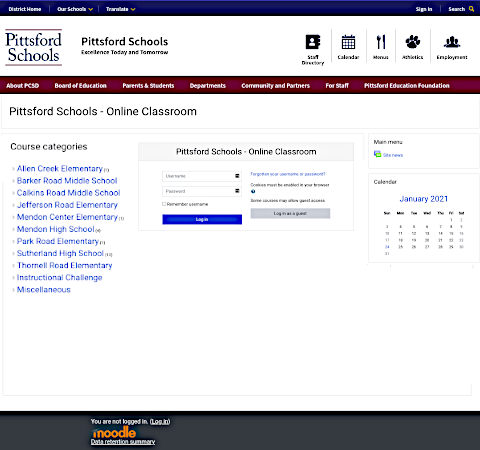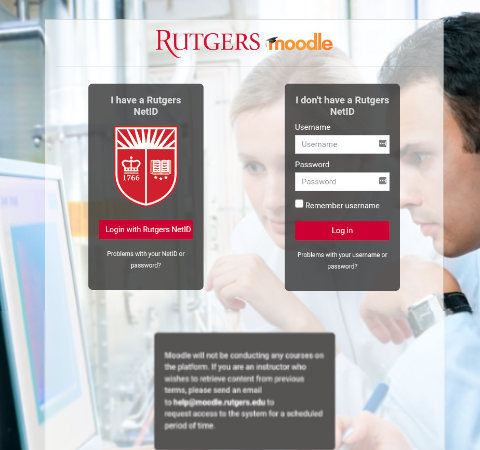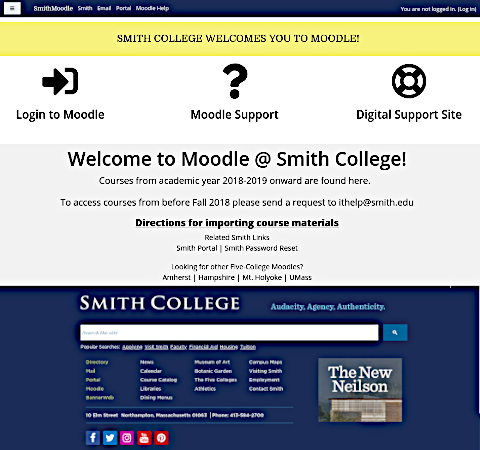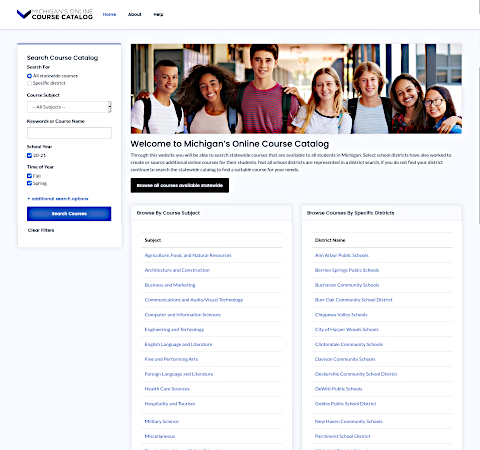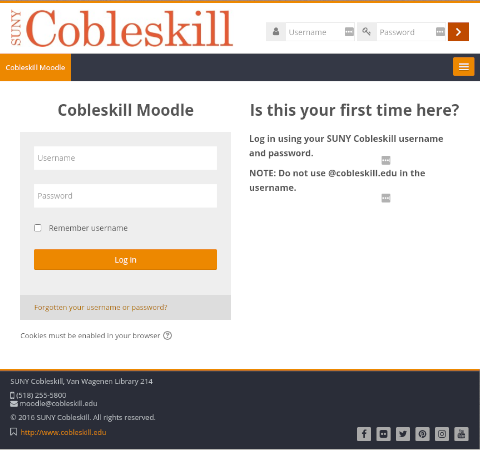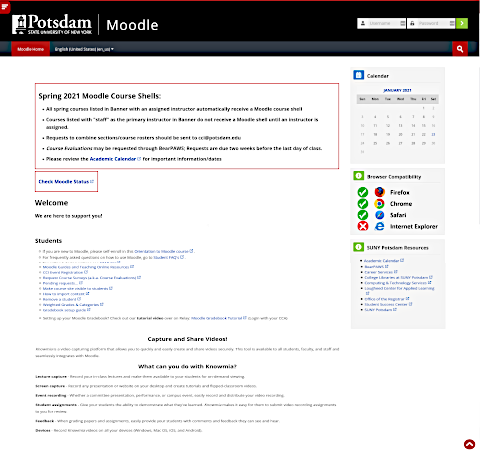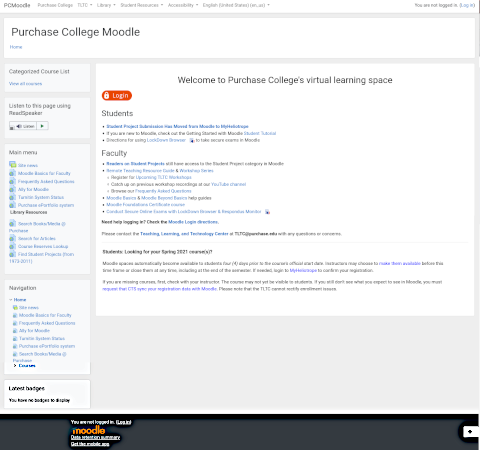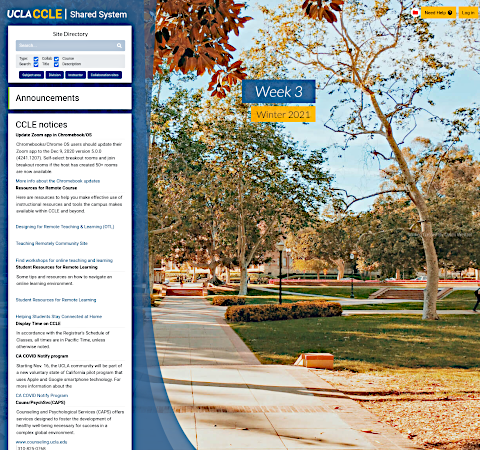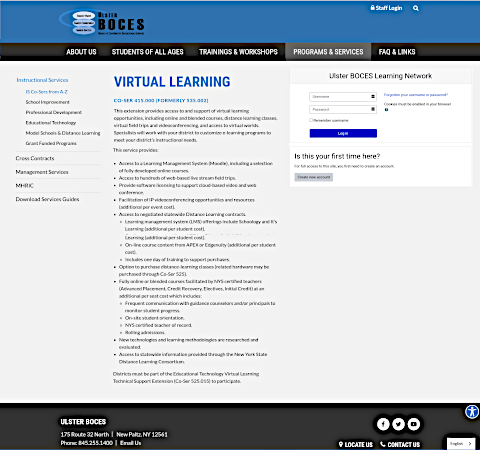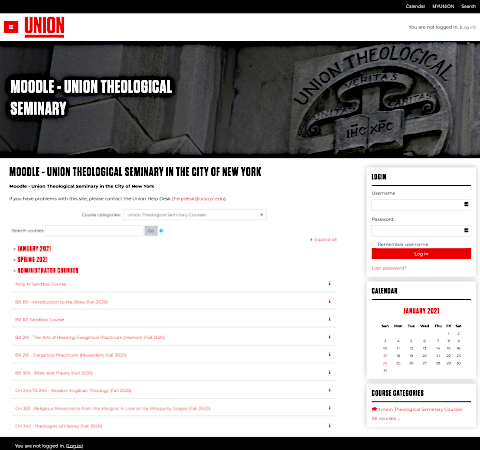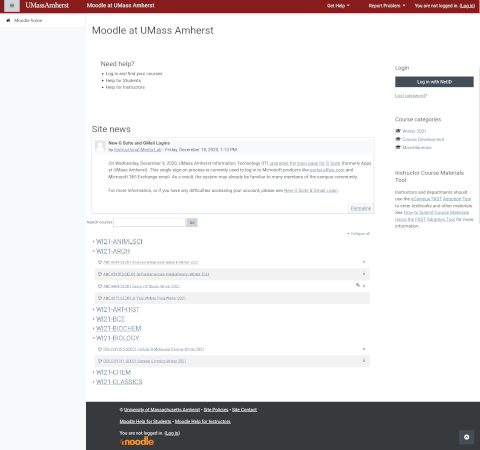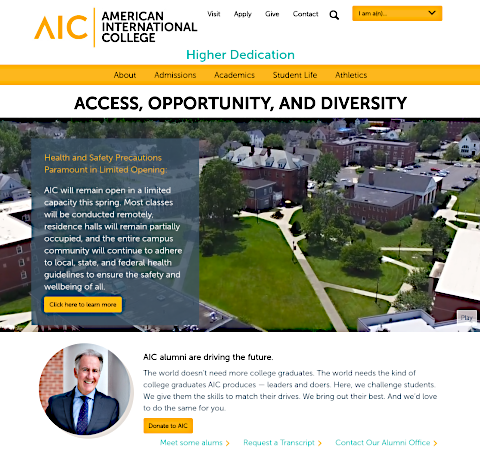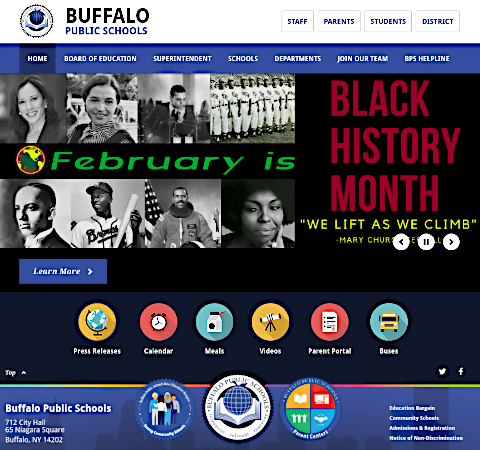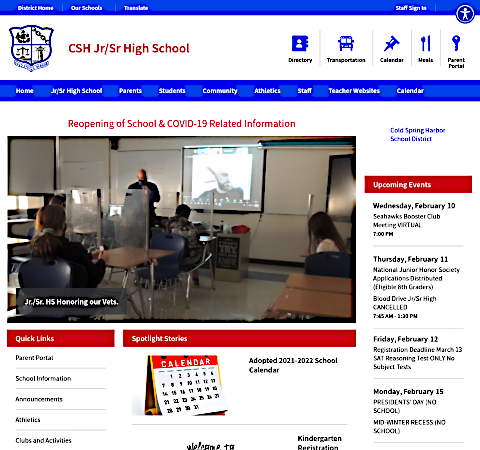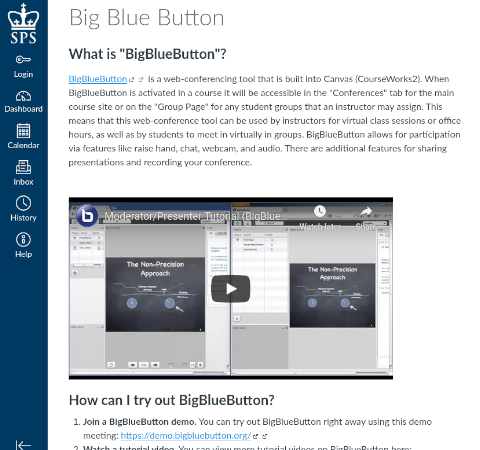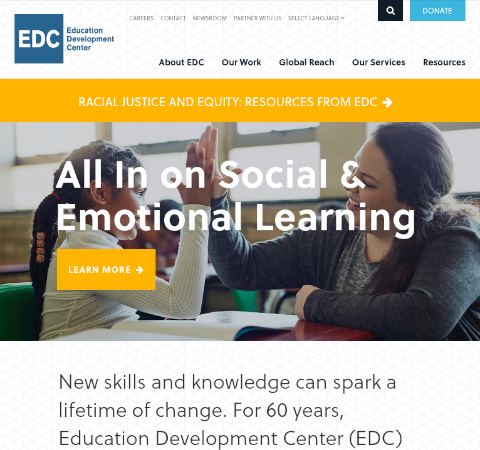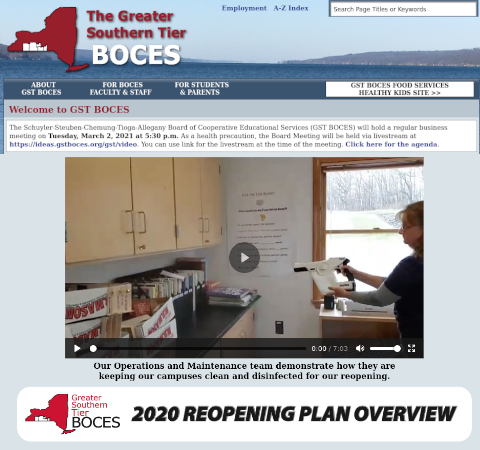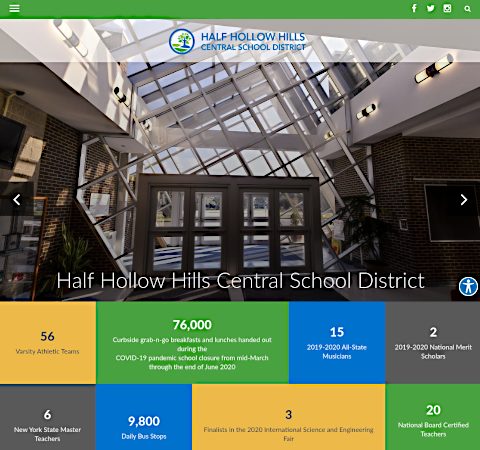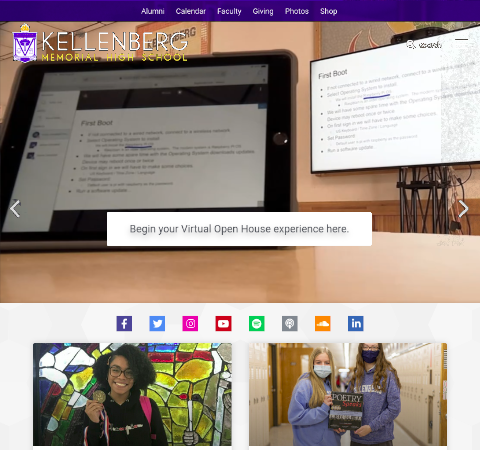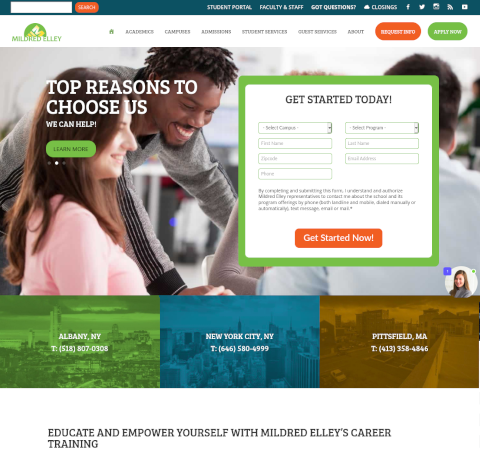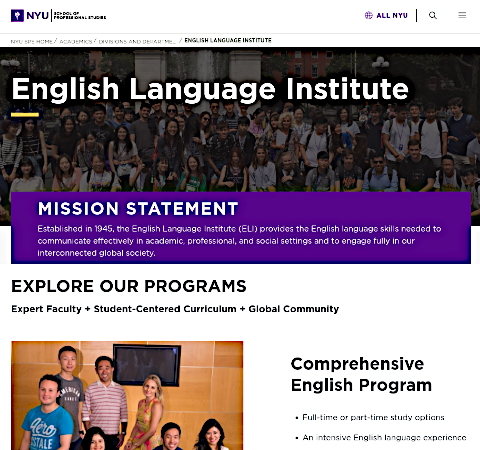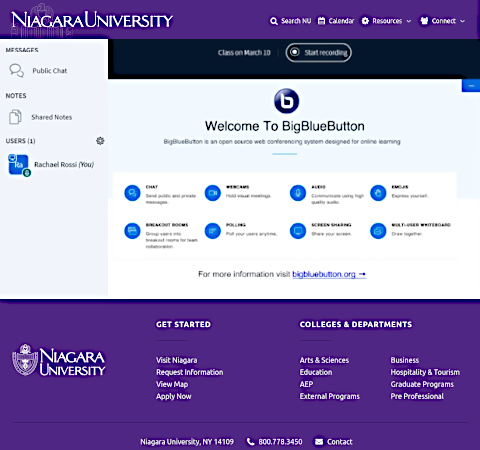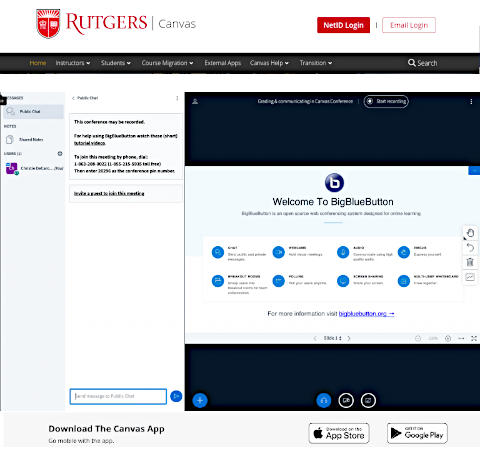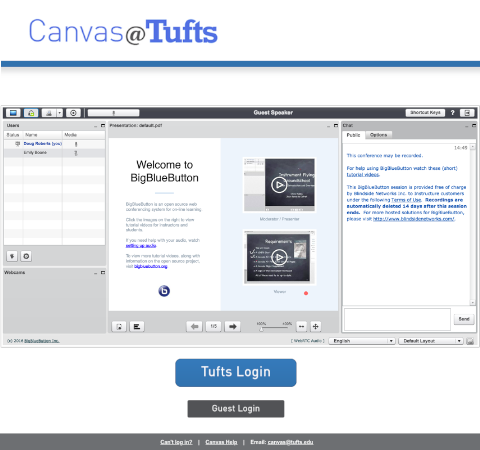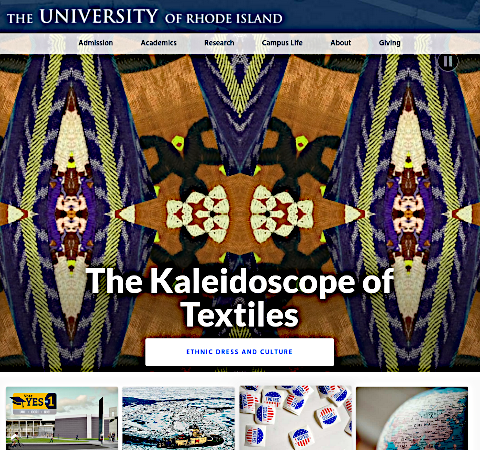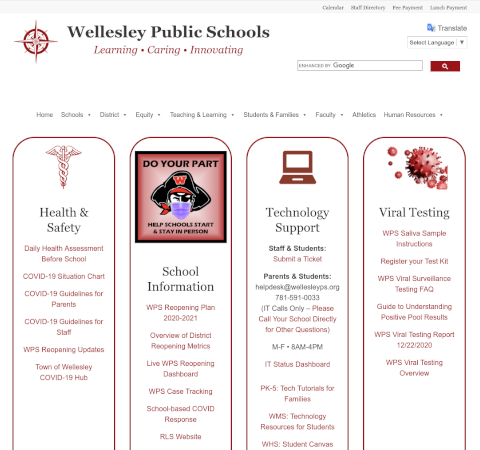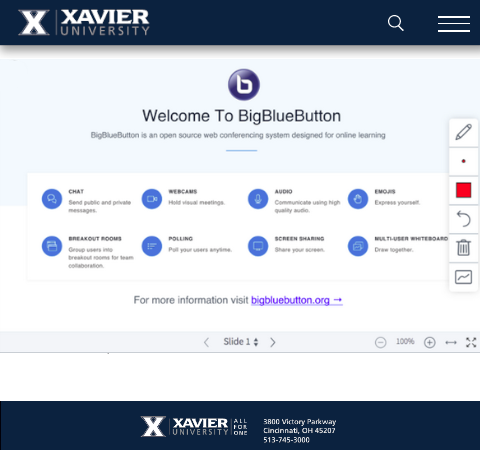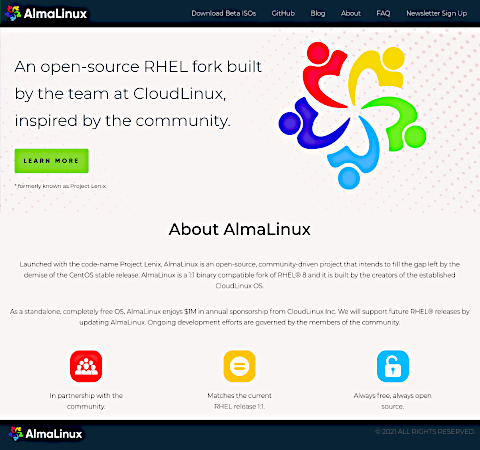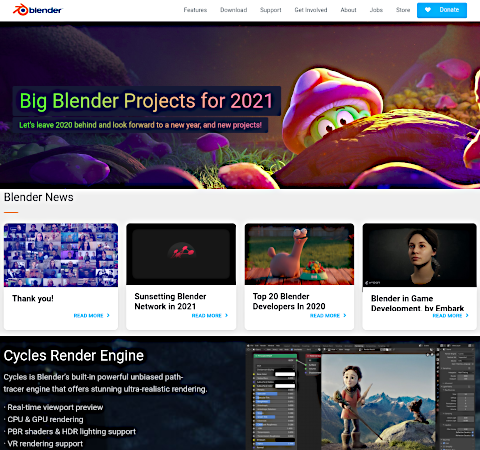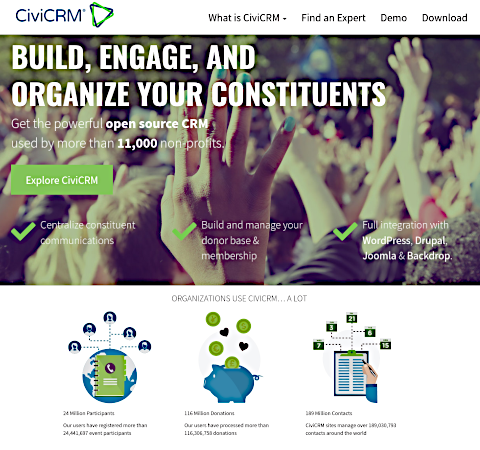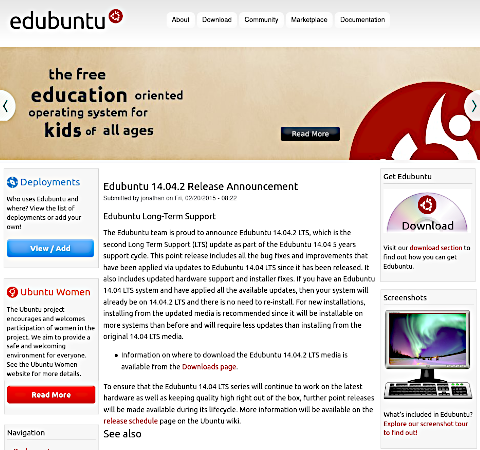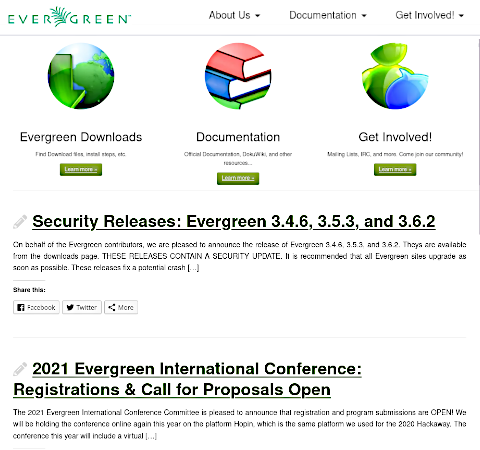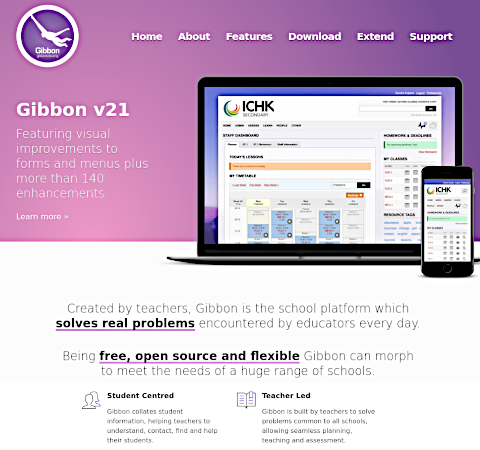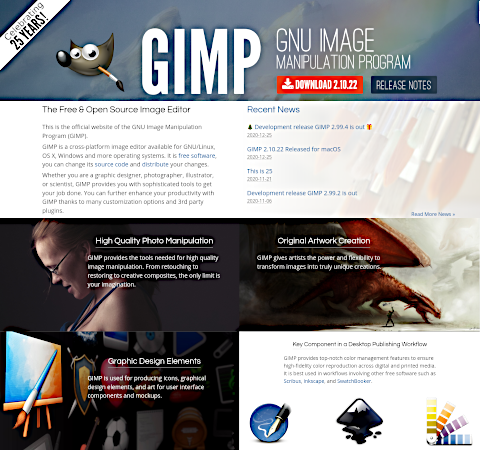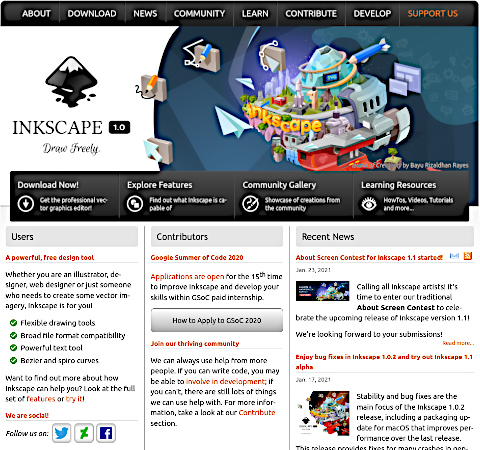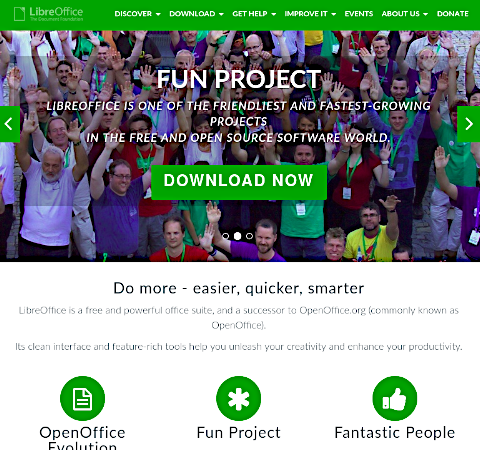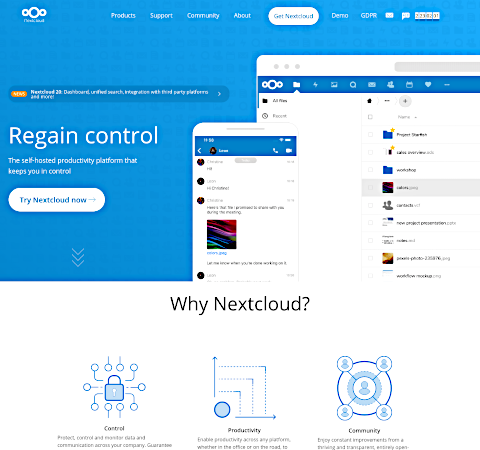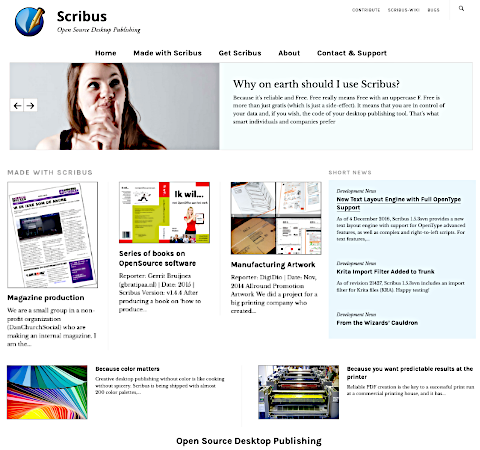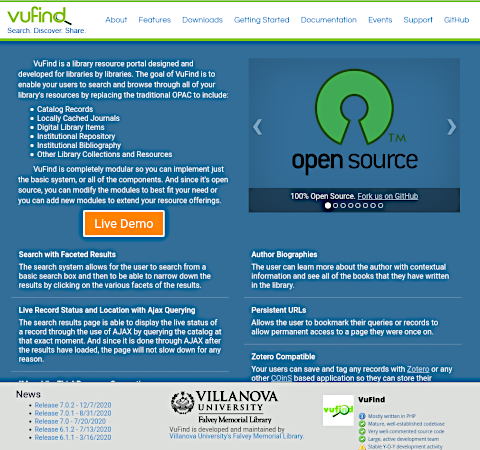Drupal, Wordpress, Moodle, BigBlueButton, Gibbon, and more.
No-cost software and global communities to extend and support education.
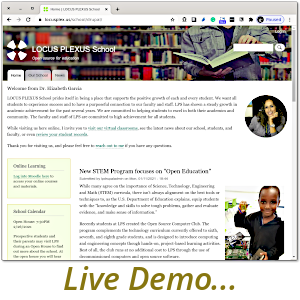 Educational opportunities should be available to all learners. Creating an open education ecosystem involves making learning materials, data, and educational
opportunities available without barriers imposed by restrictive licensing or exclusive proprietary technologies. Open source software benefits schools in several
ways: increasing access and equity, liberating teachers and schools, and saving money. LOCUS PLEXUS provides educational institutions with a portfolio of software
solutions that enables education and access and expands opportunities through technology and community.
Educational opportunities should be available to all learners. Creating an open education ecosystem involves making learning materials, data, and educational
opportunities available without barriers imposed by restrictive licensing or exclusive proprietary technologies. Open source software benefits schools in several
ways: increasing access and equity, liberating teachers and schools, and saving money. LOCUS PLEXUS provides educational institutions with a portfolio of software
solutions that enables education and access and expands opportunities through technology and community.
The LOCUS PLEXUS core solution for education includes, Drupal or Wordpress (Web Content Management), Moodle (Learning Management), BigBlueButton (Web Conferencing), and several other enterprise applications that can extend administrative capacity for Constituent Relationship Management (CiviCRM), Student Information System (Gibbon), Library Management (Evergreen, VuFind), and even desktop software for office productivity (LibreOffice), graphics (Blender, GIMP, Inkscape & Scribus, and even whole operating systems (Ubuntu) for laptop and desktop PC's and network servers.
 Schools have practical reasons to use open source software, and arguably a societal duty to do so.
Schools have practical reasons to use open source software, and arguably a societal duty to do so.
— School Education Gateway, European Union
Drupal Content Management System
Drupal, the favorite content management system of universities, is a flexable, scalable, and secure open source content management
system (CMS) for creating emersive digital experiences. Drupal's modular, highly scalable, extendable, and secure architecture makes it ideal for educational consortia, school districts,
colleges, and universities, where multiple contributors across departments want the flexibiltiy and independance to manage independant sites.Below are just a few examples of educational
websites powered by Drupal, but many more exist and we invite you to
explore how your peers have succeeded with Drupal.
Wordpress Content Management System
WordPress is the world's most popular content management system powering 34% of all websites on the internet.
This simple, yet dynamic, software provides a rich tool-set, powerful features, and with thousands of modules to expand functionality, is tailored for public, private, and charter schools.
A popular choice among K12 school districts, WordPress is simple, safe, and secure. Below are just a few examples of educational websites powered by Wordpress,
but many more exist and we invite you to
exlore how your peers have succeeded with Drupal.
Moodle Learning Management System
Moodle, the world's most popular learning management system, is a learning platform designed to provide educators, administrators and learners with a single robust, secure and integrated system to create personalised learning environments.
Below are just a few examples of educational websites powered by Moodle,
but many more exist and we invite you to explore
how your peers have succeeded with Moodle.
BigBlueButton Web Conferencing
A professional web conferencing system designed specifically for online teaching and learning. BigBlueButton's feature rich
toolset includes real-time sharing of audio, video, slides, chat, and teacher
and/or student screens. Teachers can engage students with built-in polling, breakout rooms, multi-user whiteboards, with every tool included in any recorded sessions, allowing faculty and schools to make
any lesson available online for later review.
More Open Source Education Software
Identifing the right software to meet your institution's academic and administrative needs requires more than simply reviewing features and functionality. Schools should also consider technical requirements
and alignment, the maturity and sustainability of the software and development communities, support and service options, and training and documentation resources. In addition to the core applications
included above, LOCUS PLEXUS has identified several other open source options that can help K12 and higher education extend their academic programs and administrative resources through open source software
and computing.

